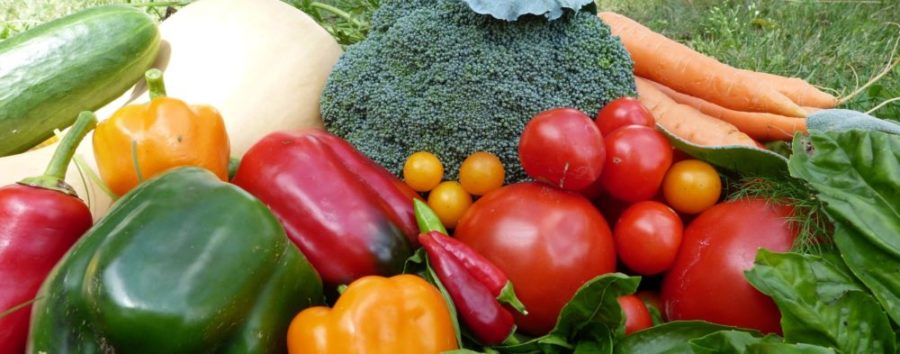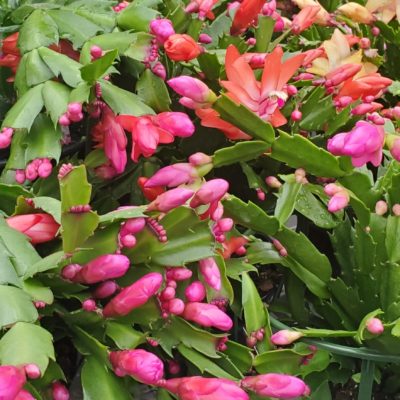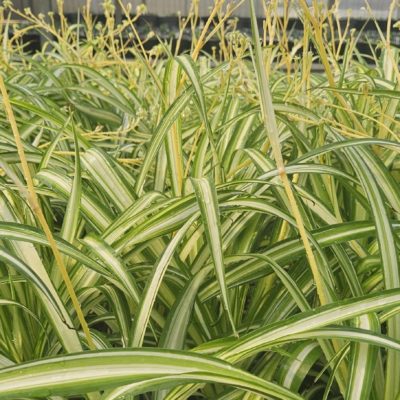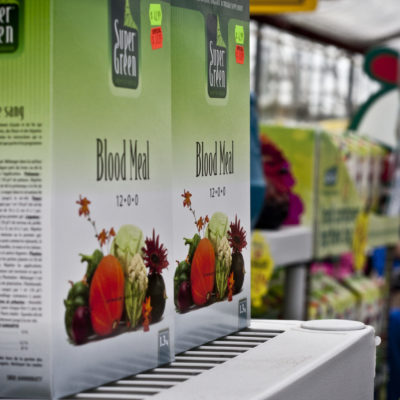
Bounty on a Budget: Making the Most of Your Grow-ceries!
Vegetable gardening can be a fun, healthy summer tradition – and it can also help take a bite out of your grocery bills! Planting thrifty, productive crops is a great way to supplement your family’s diet with delicious garden-fresh produce right from your own backyard, with no cashiers between harvest and table. There are a lot of great strategies for getting big yields on a shoestring budget. Try these simple tips to fill your plate with freshness and maximize your return on investment.
Keep it simple: Especially if you’re relatively new to gardening. Don’t get frustrated biting off more collards than you can chew. Grow only what you can care for, harvest, and eat with ease.
Grow foods your family loves: Grow foods that are already in your family’s regular rotation. It’s easy to be seduced by the mouth-watering variety of colourful vegetables available – but if you’re not quite sure how your family feels about okra, it’s better to plant something that will be a sure-fire hit.
Stagger your planting: Offsetting your planting times, particularly with shorter season veggies, is a great way to stretch out the harvest. Unless you’re planning to can or preserve your veggies, it’s often easier to keep up with several smaller batches of a particular crop than to be stuck with a huge haul of beets all at once (borsht, anyone?). This method works great with peas, beans, salad greens, carrots, beets, and radishes, to name a few.
Grow from seed: I will never cease to be amazed by the enormous volume of food that can be grown from one tiny package of seeds. Crops that can be direct seeded (started right in the ground) can be very inexpensive and easy to grow if you have a little extra time and patience to spare. Grow lights and fancy indoor seed-starting kits can be pricey, but are a worthwhile investment if you’re a committed seed-starter.
Compost: The glorious miracle of compost. It’s free, it’s convenient, it diverts waste from the municipal system, and it’s packed with everything a thriving veggie garden needs to grow strong and productive. Need I say more?
Harvest your bounty: Don’t let the fruits of your labour go to waste. Collect your ripe vegetables promptly to prolong the harvest season and to be sure that nothing is left behind. Walk through your garden daily to savour the rewards for your hard work at the absolute peak of ripeness.
Canning, preserving, and storing: Great forgotten skills that can really make the most of your seasonal harvests. If canning sounds like more trouble than you’re up for, you can still stretch your harvest well into fall with storable crops like squashes, onions, and potatoes. Freezing is also a great method to store many fresh vegetables. If you have room to spare in your freezer, fill it up with your summer overflow rather than letting it spoil on the vine.
Make the most of a small plot: Take advantage of dwarf varieties, short season vegetables, and vertical climbers. If you’re short on space avoid large sprawling plants (like winter squashes) that can eat up large tracks of real estate. Train cucumbers, melons, peas, and other vines to climb up rather than out and save square footage below.
Try these industrious vegetables and enjoy the delicious returns!
Tomatoes: Vigorous tomato plants are endlessly productive and very useful in most households. Indeterminate tomato plants produce fruit all season long and can provide overwhelming yields. Very worthwhile and satisfying to grow.
Beets, carrots, and radishes: Great short season crops that take up very little room in the garden. Succession plant a second crop of these speedy wonders after your first batch is done, or plant them as a fall crop by pulling up spring bearers like peas once they’re done for the year.
Potatoes: One of the great culinary staples. If you’ve got the space, one box of seed potatoes can go a very long way. Look for varieties that store well to enjoy your harvest even longer.
Zucchini: Zucchini plants are so productive they can be hard to keep up with once they get going. You can get huge yields out of one single well-tended plant. Large, tough zukes that have grown a bit too big are great for baking.
Strawberries: A great investment, especially if you have kids (or a sweet tooth!). Strawberries are perennial, and everbearing varieties fruit all summer long. If you have space to let them spread, a handful of plants can form a dense expanding patch in just a year or two. Buy them once, plant them, and enjoy years of sweet red rewards.
Kale: Productive, nutritious, and freezable. Kale is a power-house of nutrition that tastes best eaten as fresh as possible. Pick the bottom leaves as needed and the top keeps on growing!
Salad greens: If you’ve never had salad straight from the garden, you’ve never really had salad. The unbeatable freshness of greens plucked a few minutes before dinner will spoil you for life. Many greens and leaf lettuces will re-grow after harvesting, allowing for multiple harvests from a single plant. No more wasted wilted lettuce in the bottom of your crisper!
Bon appétit!





